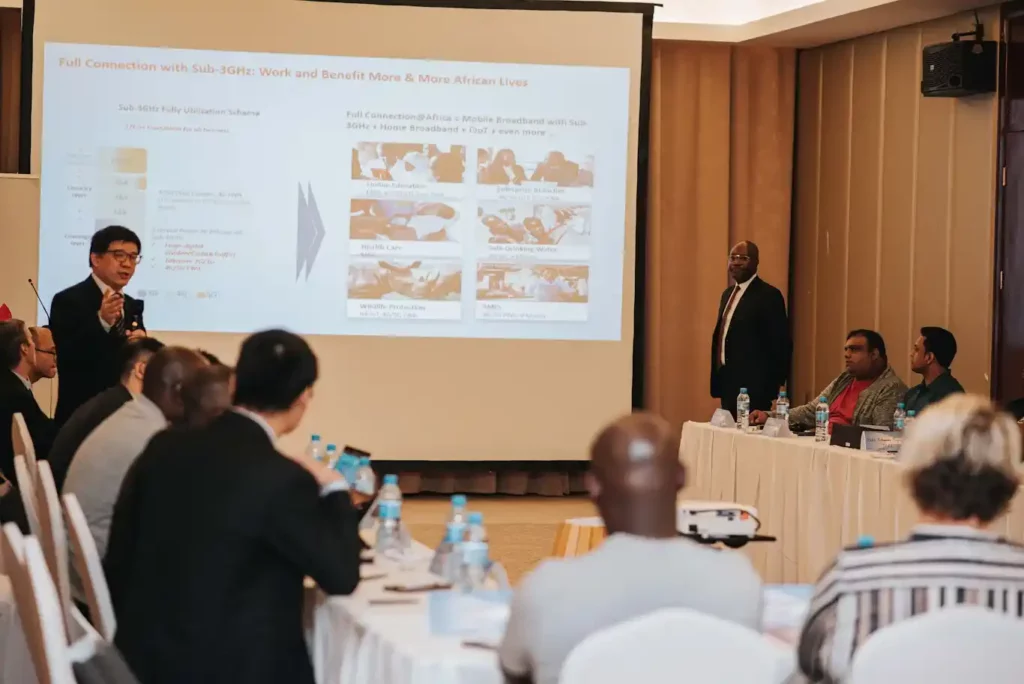Huawei Technologies has called for a collective adoption of 2.6 GHz as the dedicated spectrum with the most cost-effective 4G Fixed Wireless Access for home broadband service to scale up the current low penetration rate.
Currently, only 9.8 million Kenyans (9 per cent), mostly living in urban and semi-urban areas, have access to broadband internet.
Thirty-eight per cent have low-speed dial-up internet, while up to 22 million people still have no access to internet connectivity.
Internet penetration in Kenya
According to the second quarter sector statistics released by the Communications Authority (CA) for the period October 1– 31, 2022, there were 47.76 million mobile data/internet subscriptions, of which 66.8% were on mobile broadband.
The penetration of smartphones during the period was 60.2 per cent against a total population of 49.4 million at the end of 2022.
Mobile SIM subscriptions stood at 65.7 million as of December 2022, representing a penetration rate of 133.1 per cent. However, the statistics remain unclear because a penetration rate above 100 per cent indicates that some users have more than one mobile subscription.
Addressing delegates at the just concluded Annual Africa Spectrum Roundtable in Maputo, Mozambique, Yao Hongjie, Vice President of Huawei Sub-Saharan Africa ICT Solutions, said that several initiatives were required to drive up the rate of home internet penetration.
“These include the full allocation of the entire Sub-3Ghz spectrum for affordable and universal mobile broadband towards closing the digital gap and fueling the growth of our digital future. It also involves full utilization of 2.3Ghz and 2.6Ghz bands for further mobile broadband improvement,” he noted.

The 2.6 GHz spectrum is the ideal complement to the 700 MHz spectrum, also known as the ‘digital dividend’, and will enable the most cost-effective nationwide coverage of Mobile Broadband across both rural and urban environments.
Kenya’s Digital Superhighway
Kenya’s National Broadband Strategy 2018-2023, is to transform the country into a globally competitive knowledge-based society enabled by affordable, secure, and fast broadband connectivity.
It builds on the 2013-2017 strategy taking into account recent technological and industry trends as well as market realities.
“By implementing NBS 2023, the government aims at increasing access to broadband coverage of 3G to 94 per cent of the population by 2020; increase digital literacy in schools to 85 per cent, expand broadband to the 47 counties and especially to have 50 per cent digital literacy amongst the workforce,” reads part of the strategy.
Today, the President William Ruto administration seeks to strengthen the nation’s ICT backbone by increasing the fibre network coverage across the country, reducing the cost of internet connectivity, enhancing the delivery of e-Government services, and enhancing health, agriculture, MSMEs, and revenue collection via the automation of VAT systems.




